
EN Free Trial





News Center
Industry News
Differentiated Application of MR20 Remote IO and IO Link
In the field of industrial automation, remote IO and IO Link, as two important communication protocols, each play an indispensable role. Although they are all designed to achieve data transmission and control between devices, there are significant differences in application scenarios, system architecture, and functional characteristics. This article will provide you with an in-depth analysis of the differences between Mingda Technology's independently developed MR20 integrated remote IO and IO Link, helping you better understand and choose the communication solution that suits your needs.
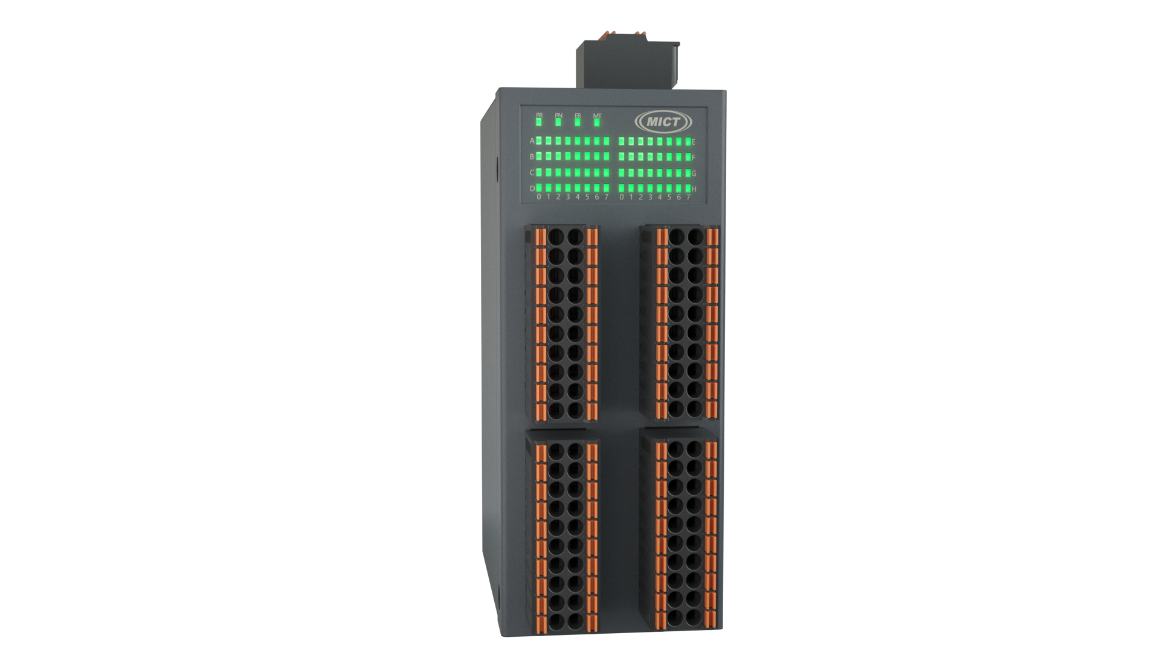
Remote IO: A flexible and efficient data transmission module
Remote IO, in short, is a data acquisition and transmission module with communication capabilities. It does not have control and regulation functions on its own, but rather transmits on-site data to the control center (such as PLC) or receives data from the control center to control the on-site equipment. The application of MR20 integrated remote IO greatly simplifies wiring, saves PLC's own IO points, reduces system costs, and improves the system's scalability and maintenance convenience.
MR20 has various communication methods for remote IO, including free port communication, PROFINET, MODBUS, etc., which enables it to adapt to different industrial automation needs. MR20 remote IO plays an important role in multiple fields such as heavy machinery, warehousing and logistics, water treatment systems, new energy intelligent systems, and environmental monitoring.

IO Link: an intelligent communication bridge between sensors and actuators
IO Link (IEC 61131-9) is an open standard serial communication protocol that allows sensors and devices that support IO Link to exchange data bidirectionally and connect to the main station. The IO Link system consists of IO Link devices (such as sensors, RFID readers, valves, motor starters, etc.), standard 3-wire or 5-wire sensor/actuator cables, and an IO Link master station. The biggest feature of IO Link is its bidirectional communication capability, which simplifies operations and improves production efficiency. Through real-time monitoring and predictive maintenance, IO Link systems can achieve efficient production automation. The difference between remote IO and IO Link system architecture: Remote IO is mainly connected to control centers such as PLC through communication lines to achieve data collection and transmission; IO Link achieves bidirectional data exchange through a serial bidirectional point-to-point connection between the IO Link master station and IO Link devices. Functional features: Remote IO mainly focuses on data collection and transmission, and does not have control and adjustment functions; IO Link supports bidirectional communication, capable of reading device data and sending instructions and configuration parameters to devices, achieving higher-level automation control. Application scenarios: Remote IO is widely used in multiple fields such as heavy machinery, warehousing and logistics, water treatment systems, etc; IO Link is more commonly used in industrial automation, robotics technology, and manufacturing to achieve intelligent communication and control of sensors and actuators. Summary: Remote IO and IO Link each have their own advantages, and the choice of communication solution depends on your specific needs and application scenarios. Whether you need flexible and efficient data transmission modules or want to achieve intelligent communication and control between sensors and actuators, these two communication protocols can provide strong support for you.
Related news
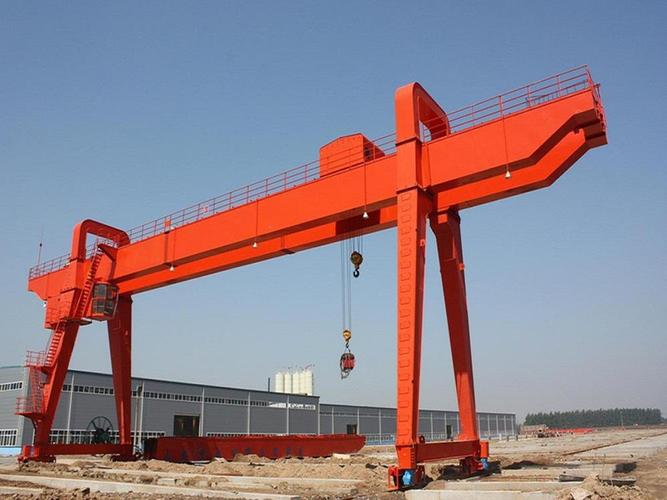
Crane Innovation: Protocol Converter Unlocks Safety and Efficiency

2024/11/01
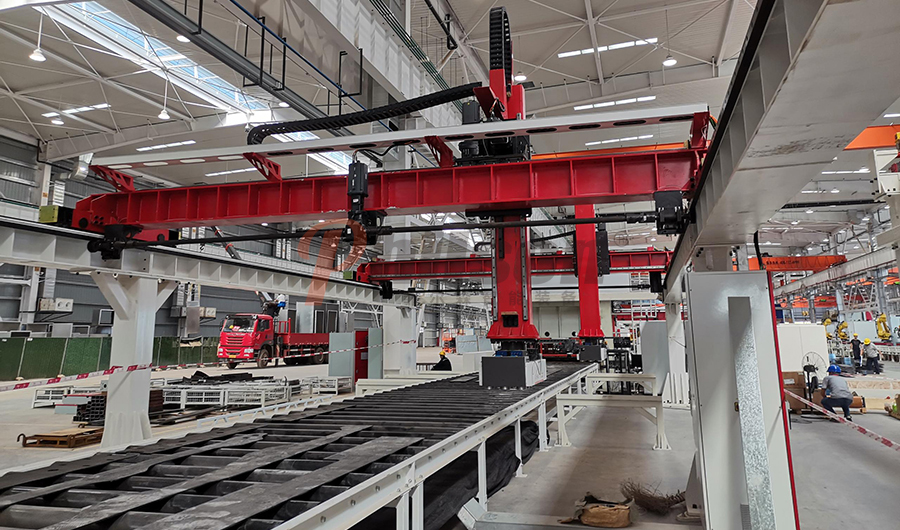
IO modules help the heavy equipment industry enter a new era!

2024/11/01
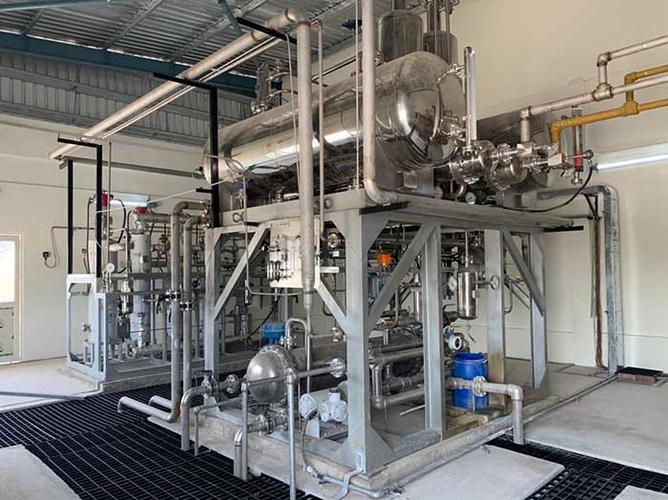
Hydrogen Journey: IO Modules Help Reduce Costs and Increase Efficiency

2024/11/01
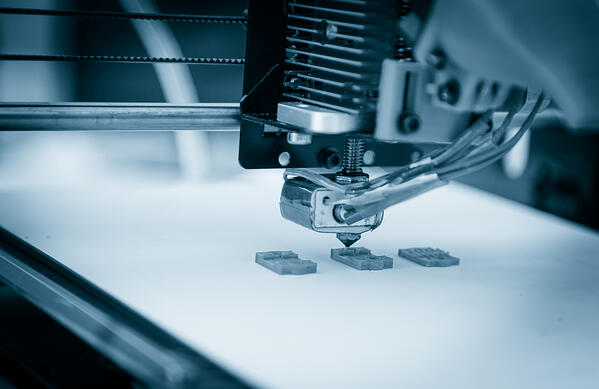
Mingda Technology IO Module: Intelligent Engine for Additive Manufacturing

2024/11/01